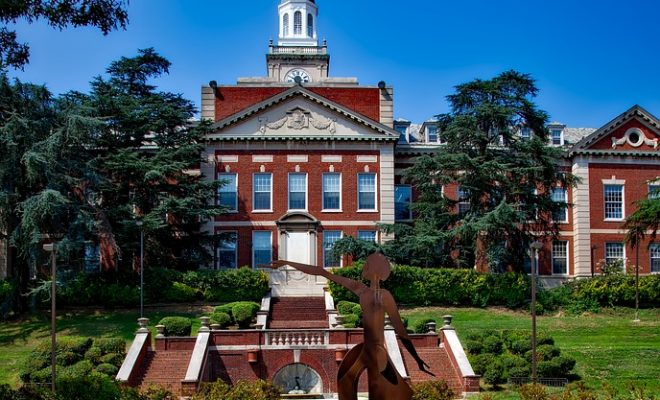Past, Present and Future: How Has Higher Ed Changed and What’s Coming Next

Note: The following guest post comes to us courtesy of Shaul Kuper, president and CEO of Destiny Solutions, a company that creates software for leading higher education institutions. Destiny Solutions helps clients successfully attract, manage and maintain their non-traditional students. Some of these institutions include Penn State World Campus, Stanford Center for Professional Development and eCornell.
Our education system was designed centuries ago. The first degree-granting institution was founded in 1088, but its roots go back millennia.
The modern university is based on the same economic model that powered the rest of the pre-industrial world. Expert craftsmen — in this case, professors — spent years apprenticing in order to master their trade. They then handcrafted products — courses and seminars — to sell locally, without much competition. Each village had one blacksmith, one baker, one university.
Then, the industrial revolution came along. Suddenly, goods could be produced en masse by workers with little specialized skill. The goods could be distributed across a vast geographic area. Instead of having a blacksmith in every village, there was now one giant factory that served numerous villages, towns and cities—and it produced goods faster and cheaper.
Almost all goods and services transitioned to this model by the early 1900’s—except for higher ed. The first real change for higher ed in over 1000 years came as a result of the Internet boom. For the first time, content could be instantly distributed to mass audiences in disparate geographic locations. Further, the institution no longer controlled the content as students could freely find information through a variety of sources including MOOCs, online journals, blogs, YouTube and search engines.
The Internet changed higher ed because it removed the institution’s monopoly on content, and it broke down the geographic barrier to competition.
We did a survey of higher ed administrators to see how they view changes in higher ed, and what they think has been the most substantial. Here’s what we found:
The number 1 change is technology. The number 2 change is an increase in responsiveness to non-traditional students. Finally, the number 3 change is declining budgets.
It’s an eclectic mix of factors that are at play. And although each of these factors are making waves, have any of them really caused a complete overhaul of the system?
It seems to me that instead of rethinking and reconstructing the tuition-revenue model from the 1600s, we simply keep repaving the surface while ignoring the underpinning foundations.
Perhaps it is time to reimagine our educational system altogether? What if we were a start up nation, without any outdated infrastructure or preconceived ideas on how an educational system is “supposed” to work. Suppose we simply started again from scratch. What would higher education look like then?
For the most part, we’ve gone through this minor repaving process so many times already that we have now hit definite cross roads, presenting two options. For those who believe everything is business as usual, they had better grab the steering wheel tightly, as the road is only going to get bumpier. For those who choose to evolve, it’s an opportunity to get on the freeway and pursue a whole new vision. This is no trivial matter and requires complete alignment in concept, in funding and in execution, all the way from the highest offices down to today’s learner.




